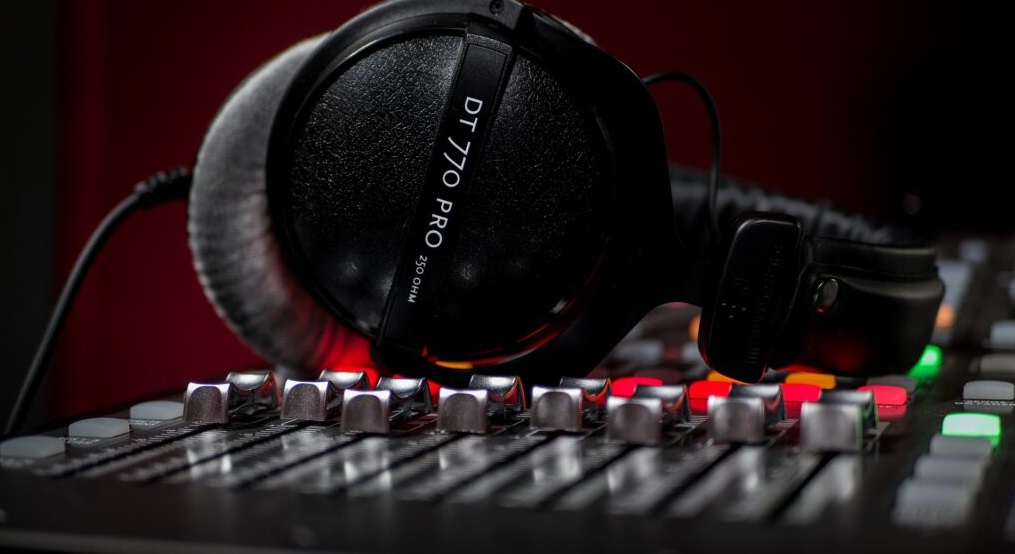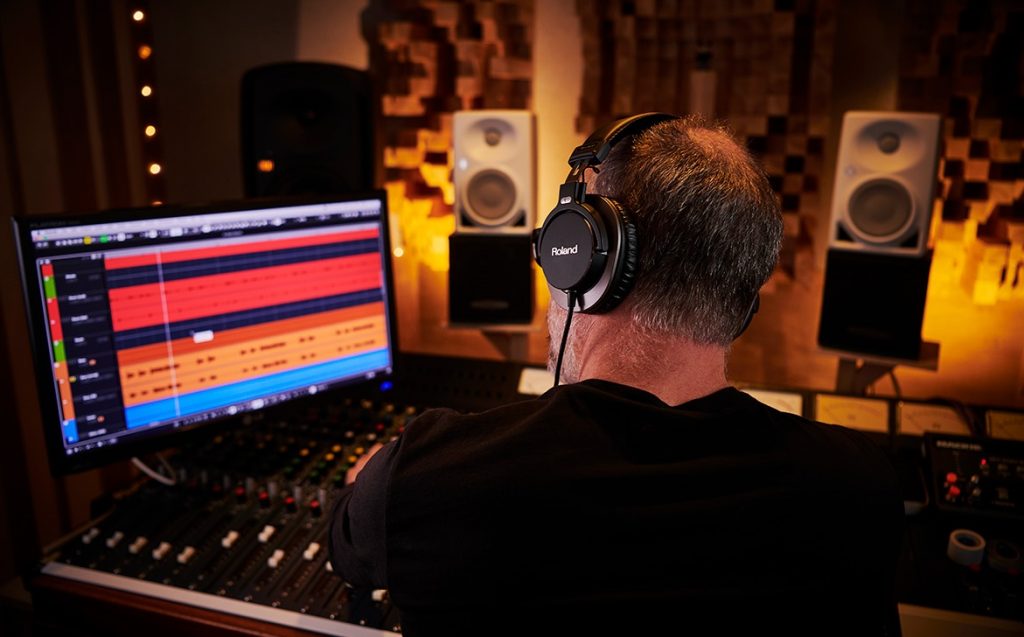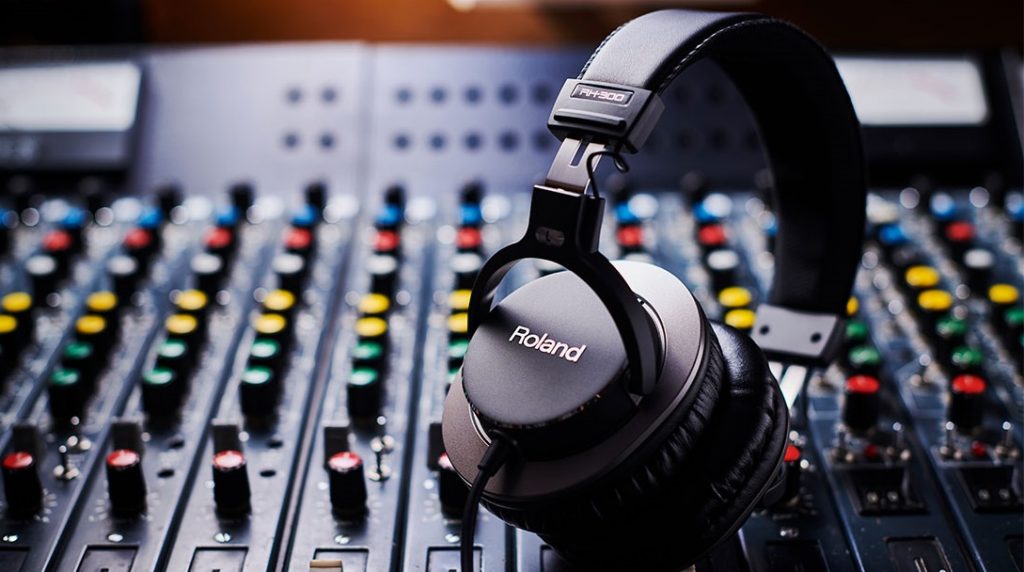Can You Mix With Closed Back Headphones?

While we usually mix on monitor speakers, it is more common today to use headphones for recordings at home. However, not just any headset, indeed you have to remember that for both mixing and mastering. In addition to this detailed listening, it is necessary to select the best closed back headphones that cover the widest possible spectrum and can provide us with the most uniform, accurate and linear rendering.
In the studio, headsets are used for various tasks
Provide sound feedback to the musician during recording
A headset will first be used to provide sound feedback to the musician without the latter being recorded by the microphones during a take.
Hear the finer details of a take when recording or editing
Headphones can offer very detailed listening, revealing like a sort of audio magnifying glass certain things that would go unnoticed on a pair of speakers: this ranges from extraneous noises (buzz, hum, resonances, etc.) to small problems with the accuracy. All of these issues are important to hear when working with audio to try to resolve them at this point, or which will need to be addressed during editing.

Check how your mix or mastering sounds
And how it will be perceived by most people, knowing that most music consumption is done through headphones today.
In addition to all the advantages that headphones provide, the biggest problem when working with sound:
A mix made exclusively with headphones will sound very different on speakers or studio monitors. Simply because you don’t hear the same thing, due to the different ways in which these devices work.
And here are 2 key sound mixing problems
Stereo sound
The problem is that sound is perceived differently through headphones than through speakers. This is not surprising since the monitor speakers are in front of you and the headphones are right in your ears. Also, when listening to a composition on studio monitors, it will seem that the instruments are right in front of you, and in the headphones, on the contrary, you will feel that they are between your ears.

Frequency response
Due to the nature of the design of the headphones, low frequencies sound louder than they actually are. To compensate for this phenomenon, headphone manufacturers add a low-pass filter.
Since headphones are not very good at reproducing the lowest frequencies, in most models this is compensated by additional amplification of the lowest octave low frequencies. While these improvements can help, it is clearly not the best mixing experience. For such a reason, tasks such as equalization can be a real challenge when performing with a headset, especially in bass processing.
And that we have figured out the nuances of the sound mixing in headphones, we can come to the conclusion that it is best to use both speakers and headphones. This is a common practice in many studios.
Are closed back headphones good for music
Closed earphones allow listeners to enjoy music by blocking background noise. They have more bass than open headphones. Therefore if you have Atmos receiver, or other professional equipment to listen to audio at home, then it is a good choice.
With the closed headphones, you can easily record, program, monitor, mix projects and listen to music on the same pair of headphones, making it an excellent value-for-money option.
